A Guide for Drivers for Safe Driving in Snowy Conditions
Safe Driving in Snowy Conditions can be challenging, especially when snow and ice are involved. Driving in these conditions requires more caution, patience, and skill than driving on dry roads. Snowy and icy roads can reduce visibility, increase stopping distances, and make it harder to control your vehicle. Therefore, it’s crucial to be well-prepared and know how to drive safely in snowy conditions. In this article, we will provide you with tips and techniques to help you navigate the winter roads and arrive safely at your destination. A Guide for Drivers for Safe Driving in Snowy Conditions will help you a lot.
Before driving in the snow
Winter driving can be challenging and unpredictable, especially when snow and ice are involved. It’s crucial to be well-prepared and plan ahead before embarking on a journey in wintery conditions. In this article, we will provide you with a comprehensive winter driving checklist to ensure that you and your vehicle are ready for the road ahead.
Plan Your Journey
Before setting off, it’s essential to plan your journey carefully. Consider areas that are prone to flooding and check the local weather to ensure that you are not caught out. The RAC Route Planner can provide updates on traffic news to help make your journey as smooth as possible.
Leave More Time
Allow yourself extra time to prepare your car for winter driving. Including clearing snow from your vehicle and de-icing your windscreen. It’s also important to check your wipers, tires, and screenwash to ensure that they are in good working order.
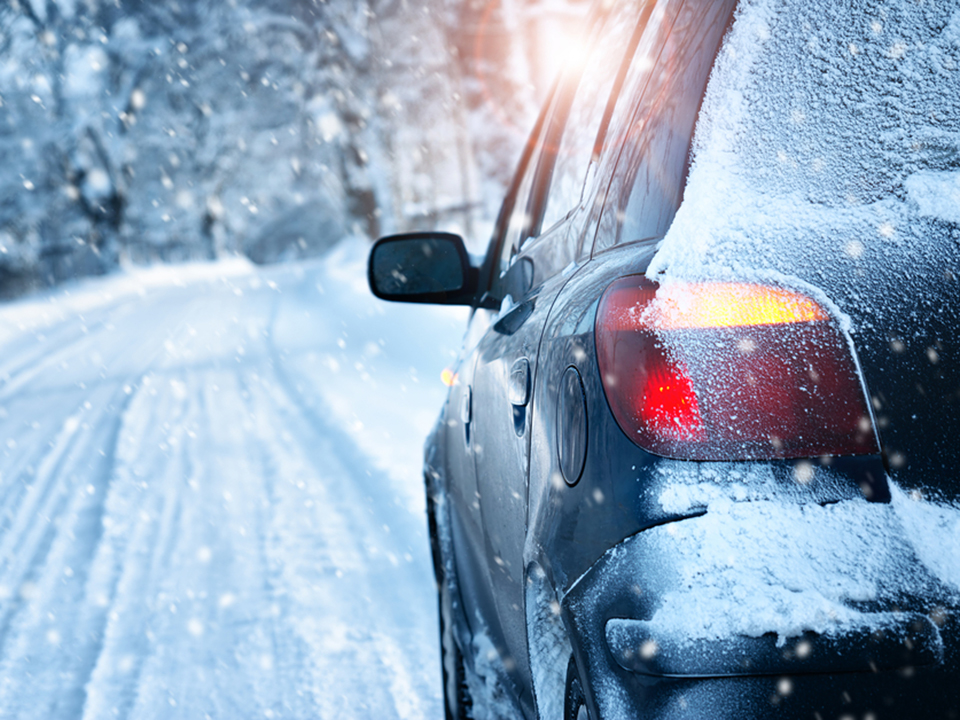
Check Your Wipers, Tyres, and Screenwash
Ensure that your wipers are in good working order and that any auto wiper control is switched off before turning the ignition on.
Check your tires for adequate tread, and consider using winter tires with deeper tread if you live in an area where snow is common. You might also want to consider the use of snow socks or chains in extreme conditions.
Use a good quality screenwash that protects down to at least -35 to prevent the water from freezing. It’s also essential to keep spare screenwash in your vehicle.
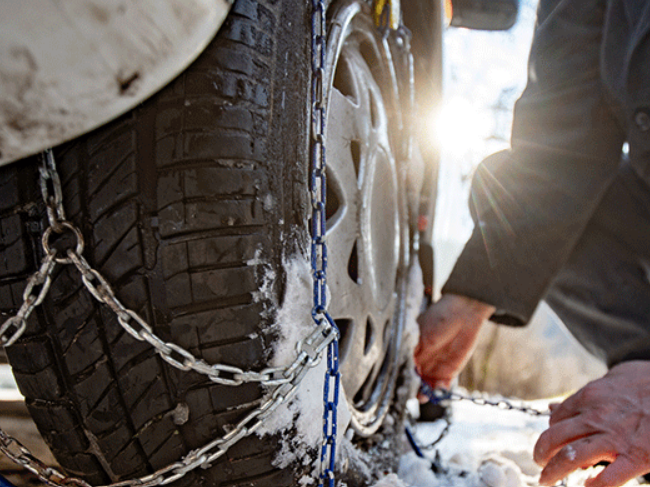
Pack for the Worst
Be prepared for every eventuality by ensuring that your vehicle is equipped with essential items such as a demisting pad, torch, hi-vis vest, blanket, food, and drink. You should also carry spare screenwash, de-icer, ice scraper, shovel, phone charger, map, first aid kit, warning triangle, jump leads, spade, and recovery track.
The most important thing to take with you before driving in the snow is a charged mobile phone. With the phone number of your breakdown provider stored in it so you can always call for help. By following this winter driving checklist, you can stay safe and prepared for any conditions you may encounter on the road.
Driving safely on snowy roads
Driving in the snow can be challenging and requires extra caution to stay safe. Here are five tips to help you drive safely in snowy conditions:
- Slow down and maintain a consistent speed. If you’re not sure about the road conditions, it’s always better to drive slower than usual to maintain better control over your vehicle.
- Avoid any distractions while driving. Snowy roads require your full attention, so turn off the radio and avoid using your phone while driving.
- Leave a generous stopping distance between you and the vehicle in front of you. Snow and ice can reduce your vehicle’s braking power, so it’s important to have enough space to stop safely.
- Only overtake when there is a clear amount of space and no obstructions. Overtaking on snowy roads can be dangerous, so be patient and wait for a safe opportunity to pass.
- When braking, give yourself enough time and avoid lower gears. Braking suddenly can cause your car to skid, so it’s important to brake slowly and give yourself plenty of time to come to a stop. Also, avoid using lower gears as they can cause your wheels to lock up and make it harder to control your vehicle.
What to do if you skid on snow
Driving on snowy roads can be a challenging experience, especially if your car starts to skid. However, there are some important steps you can take to safely handle a skid:
- Avoid the brakes: slamming on the brakes can make your car skid further.
- Turn the wheel: turning into the skid can help you straighten your car back into place on the road.
- Slow down: driving at a slower speed can make it easier to control your car.
- Keep calm: staying calm can help you handle the situation and make better decisions.
To reduce the risk of skidding, you can take some precautions in advance. Checking your tire pressure and tread depth every two weeks can help maximize your tires’ ability to maintain their grip on the road. Also, make sure to check your battery level and have your car regularly serviced to ensure it is in the best possible condition for driving in snowy conditions.
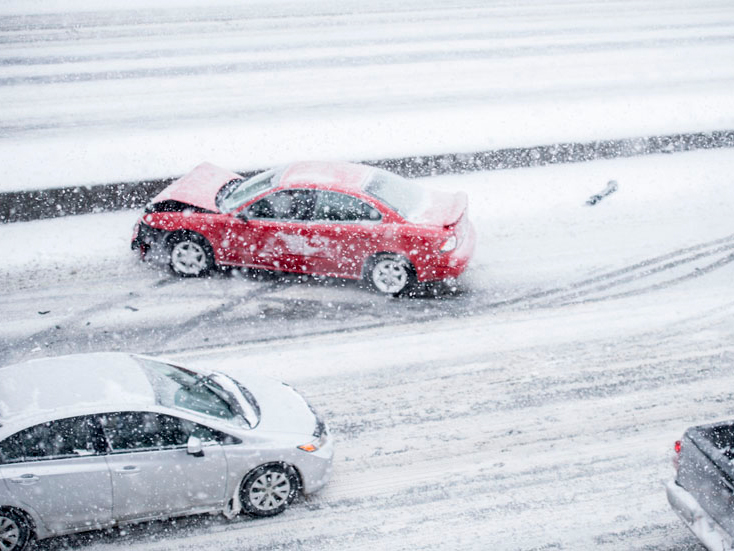
What if you get caught out in heavy snow?
In extreme weather conditions, it may be the safest choice to pull over to a secure location until the conditions improve. However, it can be challenging to identify lay-bys during a blizzard. Therefore, having knowledge of road signs is crucial while driving in such conditions.
According to Kevin Clinton, head of road safety at the Royal Society for the Prevention of Accidents (@RoSPA), an octagonal sign represents a “Stop” sign, which is the only sign with that shape. Similarly, an inverted triangle sign is a “Give Way” sign, which is the only sign with that shape. So, even if these signs are covered in heavy snow and there are no road markings visible, you can still recognize the junctions.
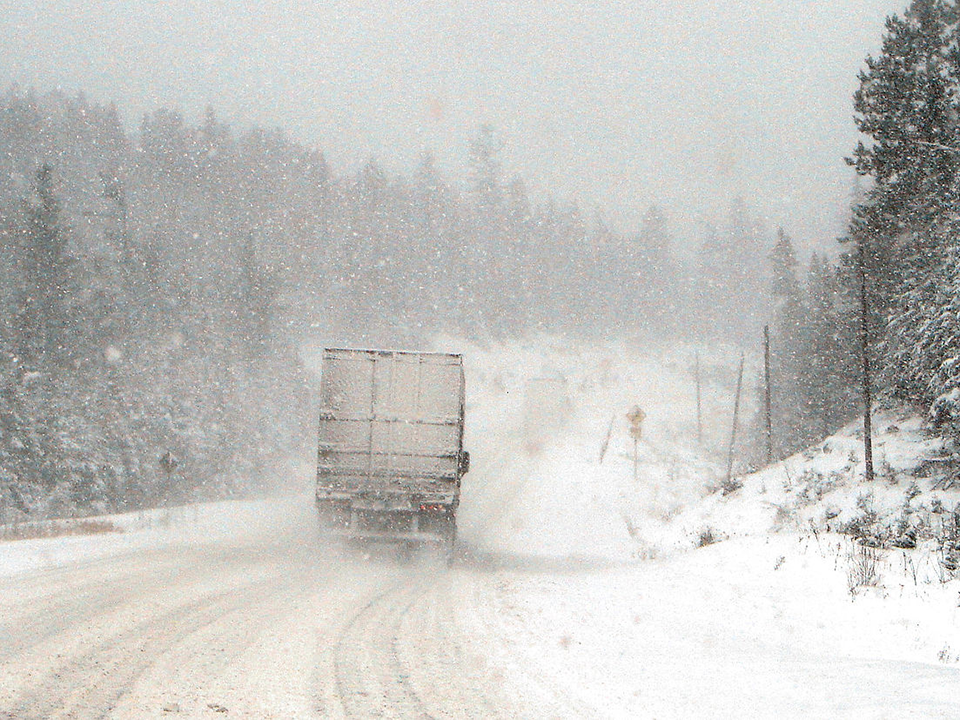
More following to other related posts:
See more:
Hope the above article helped you understand more about Safe Driving in Snowy Conditions: A Guide for Drivers. Please leave your comments below the comment section. Feel free to contact us for more information!

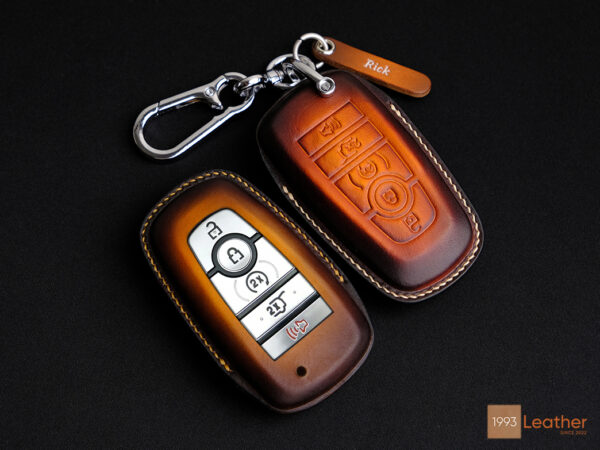

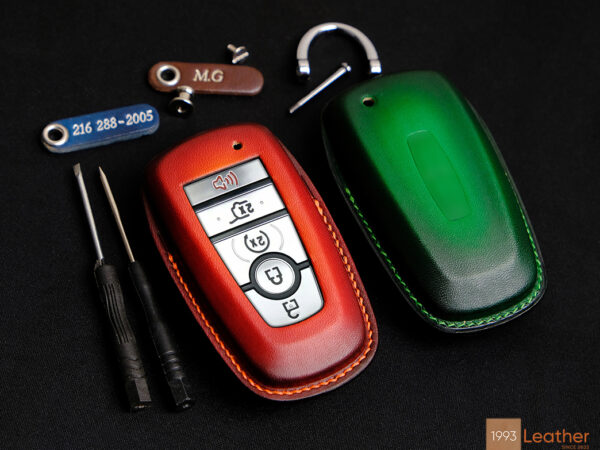
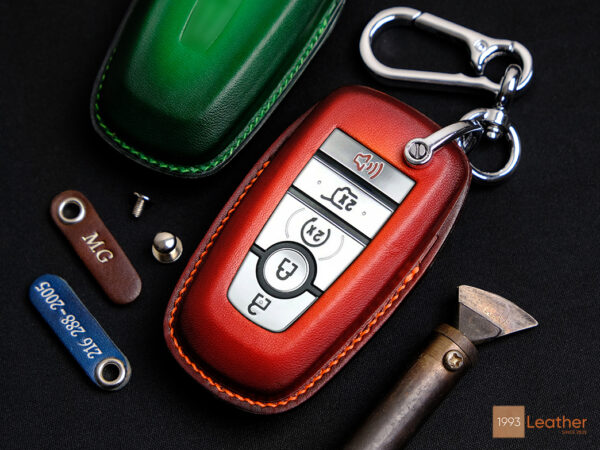
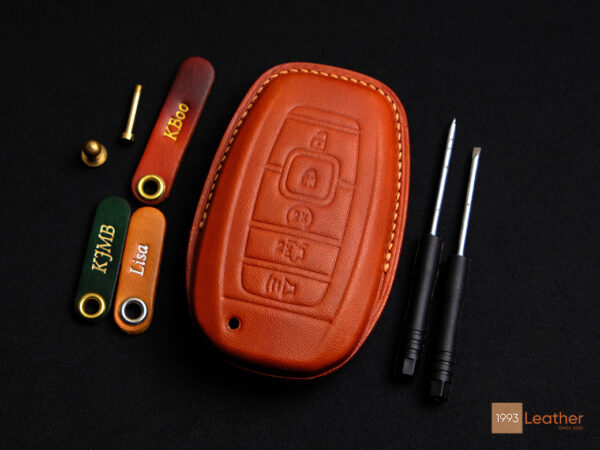
 How to use Volkswagen Remote Start key – Step-by-Step Guide
How to use Volkswagen Remote Start key – Step-by-Step Guide How to Connect Volkswagen with Android Auto – Completely Guide
How to Connect Volkswagen with Android Auto – Completely Guide How to Connect Apple CarPlay with Volkswagen – Full Guide for iPhone Users
How to Connect Apple CarPlay with Volkswagen – Full Guide for iPhone Users Pairing Bluetooth with Volkswagen – A Simple Guide
Pairing Bluetooth with Volkswagen – A Simple Guide How to Recall Chevrolet Memory Seats in Settings – Advanced Tips
How to Recall Chevrolet Memory Seats in Settings – Advanced Tips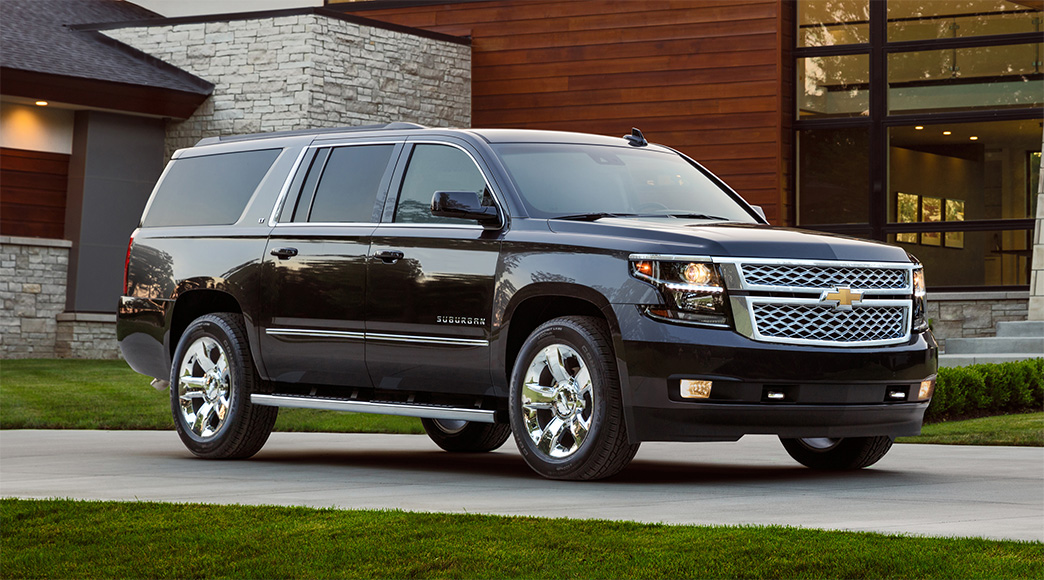 Chevrolet Automatic Climate Control – What It Does & How to Use It
Chevrolet Automatic Climate Control – What It Does & How to Use It


